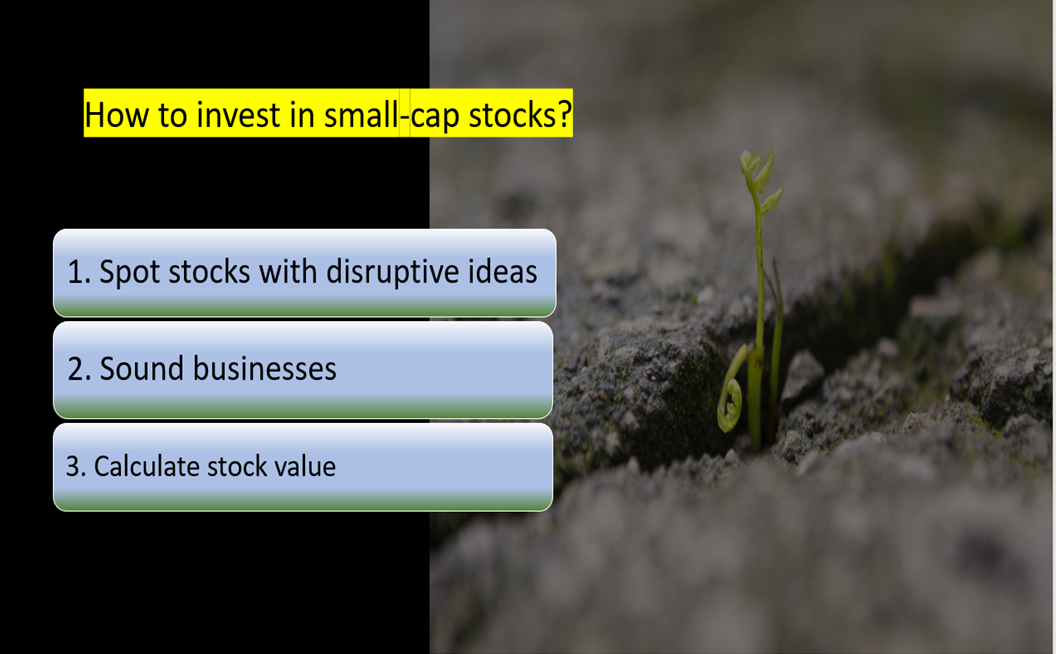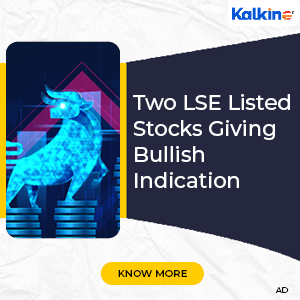Highlights
- Small-cap stocks generally belong to startups or smaller companies with a market capitalization ranging somewhere between C$ 300 million to C$ 2 billion.
- Because of their limited market cap, these enterprises are often considered to be risky investment ventures.
- While there are many factors to consider before investing, small-cap stocks can offer significant returns if chosen carefully and on time.
Small-cap stocks generally belong to startups or smaller companies with a market capitalization ranging somewhere between C$ 300 million to C$ 2 billion. Because of their limited market cap, these enterprises are often considered to be risky investment ventures.
While there are many factors to consider before investing, small-cap stocks can offer significant returns if chosen carefully and on time.
Here are a few tips to keep in mind while seeking quality small-cap stocks.

Image source: © 2021 Kalkine Media®
1. Spotting stocks with disruptive ideas
Companies backed by explosive ideas can, in some cases, disrupt the whole industry. For instance, products offerings or technologies or cost-efficient methods can draw customers towards small-cap companies and help them grasp significant market share.
Investors need to keep their minds open while evaluating such stocks and consider their probable growth prospects.
Also read: ETF vs Index Fund: Which is a better investment option?
2. Sound businesses
While the idea behind a company is one of the critical elements that define its growth capabilities, investors should also tap on its factual information and financial numbers.
A company’s total addressable market (TAM) is one of the metrics that depicts its total revenue opportunity. It suggests how big a company can become if it attains the upper limit.
A small-cap stock with solid financials and stock market growth underpinned by a disruptive idea and a healthy TAM can benefit you in the future.
3. Calculate stock value
Investors should measure the actual value of a small-cap stock via evaluation metrics. For instance, the price-to-earnings (P/E) ratio indicates stock prices relative to its earnings. If a stock has a high P/E ratio, but the company is not earning enough, then that stock is likely to be overpriced.
Similarly, a stock with a low P/E ratio but good earnings is commonly undervalued. Such bargains can help investors earn significant gains in the future when the stock price eventually hits its intrinsic value.
Should you invest in small-cap stocks?
Small-cap stocks are relatively riskier than any bluechip or mid-cap stocks due to their lack of resources. These companies are more vulnerable to market dynamics than the established players.
Also, in a bear market, small-cap stocks, due to capital constraints, are often not able to exploit the market opportunities like their peers with larger market capitalization.
However, small-cap stocks can be an ideal choice for investors with a high-risk tolerance, keeping in mind that the quality of these small-cap stocks in question is of the essence.




